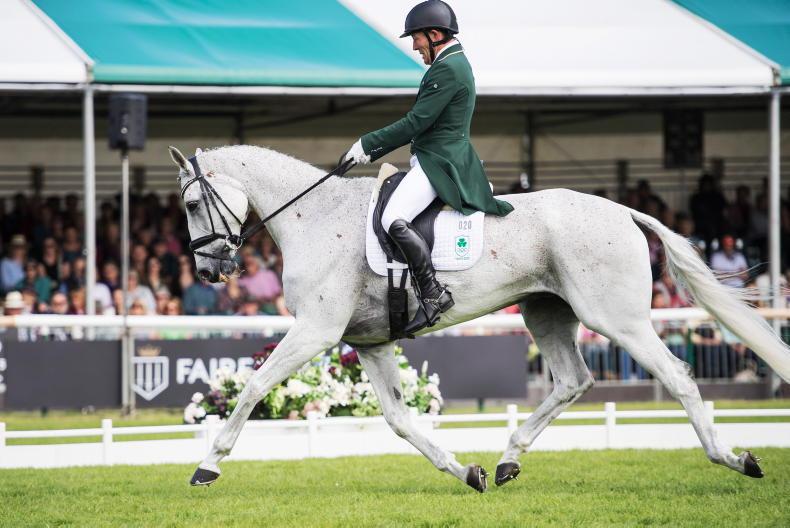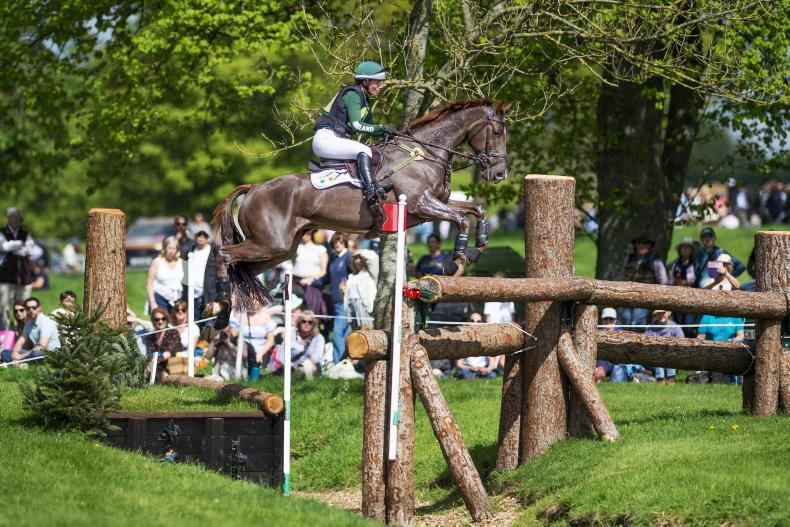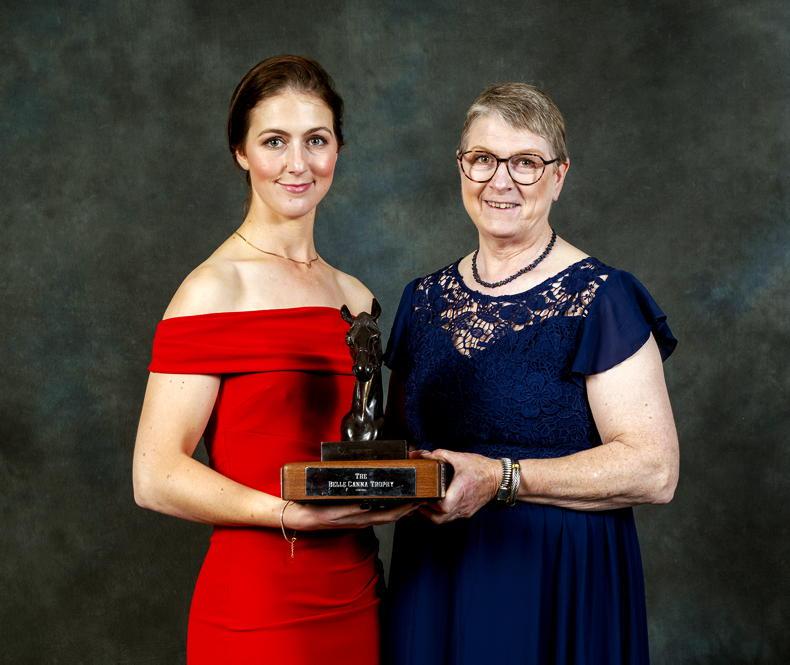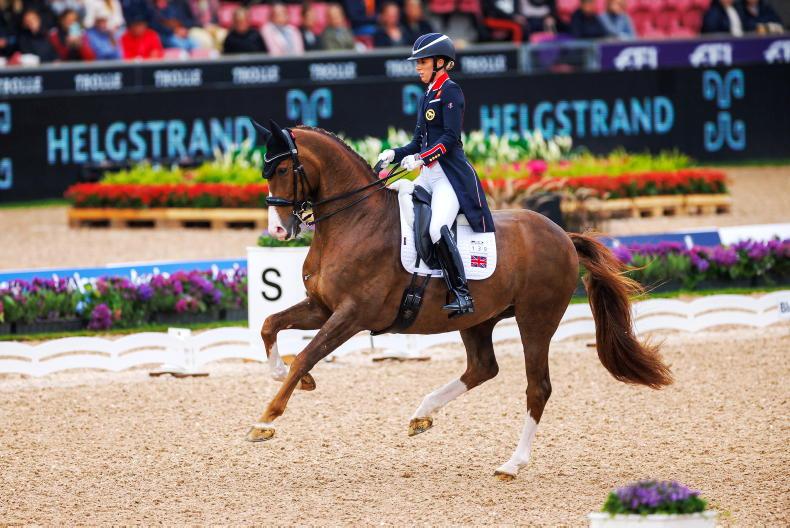ENCOURAGED by my boss who officiated at multiple Olympic Games, I started a side-career vetting at events at Burghley Horse Trials: firstly on ‘Roads and Tracks’ and then ‘Steeplechase’. These phases became obsolete in three-day eventing, leaving just three: dressage, cross-country (XC) and showjumping (SJ). Ireland hasn’t ever (yet!) run a five-star, but I’ve been the veterinary delegate multiple times up to four-star level at five different venues here. Much has changed in equestrian sport over time, not least in the emphasis on equine welfare: publicly stated as ‘being at the heart of everything that the FEI does’.
Fewer events
In those ‘old’ days horses were run in far fewer events each year as each was a greater effort. Conversely ‘Roads and Tracks’ was considered an excellent warm-up before tackling the XC phase. Now riders alone decide how to prepare, including warm-up, for each phase. Events typically run one, two, three and four-star competitions at the same venue at the same time; and it is not unusual to see riders competing on multiple rides, each completing three phases. I am constantly amazed at how they can remember the different dressage tests and jumping courses; and how we don’t have more ‘wrong course’ errors occur. Imagine if jockeys had to ride different versions of the cross-country ‘chase at Punchestown several races in succession on the one afternoon!
We have horse inspections before and during the event, checking that the horses are:
I do, however, wonder how the riders of multiple horses find the time and energy to give each individual horse enough personal attention – to ensure that each horse is correctly prepared but also correctly recovers from each phase. No doubt they are highly skilled and well-practiced. In practice, such riders have a team of grooms and assistants: the only piece the team really can’t do is the riding.
Even if running out-of-sequence (with permission) to accommodate them riding another horse, riders sometimes only have minimal time for the warm-up – this certainly doesn’t replicate the old Roads and Tracks ethos - and very little for a warm-down. Some riders tell me ‘this horse needs it’ when I query them cantering on for a period even when through the XC finish; but what if the horse that ‘needs it’ has a rider rushing off to ride another? They sometimes jump off immediately, handing the horse over to their team on the ground or want to ride the horse to the stables to hop straight onto the next.
When galloping, horses generate large amounts of heat in big muscle masses. I still vividly remember my aforementioned boss debating how best to prepare for Atlanta ’96 – misters and mechanical fans were promptly set up at the XC finish.
A very effective way of dissipating this heat is to pour cold water over hot muscles and allow it to evaporate, ideally aided by a breeze (something we’re rarely short of here!). Don’t scrape such water down; allow it to rise taking energy with it. Cleaning a horse later at a wash-bay is no substitute – they now look cleaned of sweat but heat has been stored in muscles potentially doing damage.
Ground and weather conditions, the horse’s fitness, ‘long versus short’ format all matter but we can also set up for success. The location of ice, butts and bowsers influences whether horses get cooled down with water or just washed down later. Our knowledge improves over time; change is inevitable too; let’s work with both to safeguard horses we ask to compete for our pleasure.


 This is a subscriber-only article
This is a subscriber-only article
 It looks like you're browsing in private mode
It looks like you're browsing in private mode












SHARING OPTIONS: